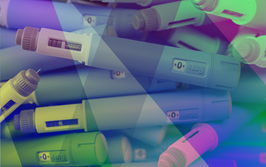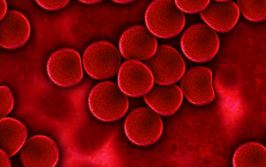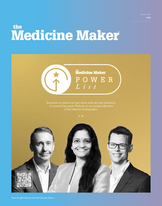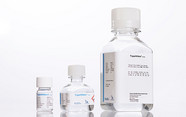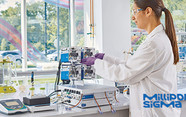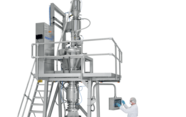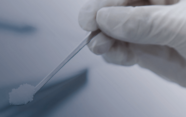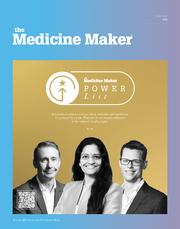The Multifaceted Future of Pharma – Chapter 7: Getting Smarter With Manufacturing

Read on for views on why sustainability, automation, AI, data and continuous processing will shape the future of manufacturing in the industry.
We asked: What has/have been the key disruptor(s) driving the industry over the past ten years, and how will this change in the next 10 years?

From Greener Manufacturing to AI – with Björn Mathes, CEO of DECHEMA Ausstellungs-GmbH (organizer of ACHEMA)
“The next decade will likely be dominated by trends we already see today. That is, increased personalized medicines, deployment of sustainable and green manufacturing processes, and the further integration of digital health. From an engineering standpoint, I also expect to see innovative approaches using AI and machine learning across all aspects of drug development – with a particular emphasis on manufacturing.
“The faster progress of drug development cycles using modular manufacturing is another area I expect to improve. By making smaller, more flexible manufacturing units that can be adapted to produce different drugs, we can ensure quicker response times to emerging health threats. Finally, I would like to see improvements in the regulatory side of our industry. Or, at least, a greater alignment of regulatory requirements across different regions to streamline global drug development and approval processes. This should not, however, be used as an excuse to hinder rigorous safety standards all should follow.”
Countless Opportunities – with Alex Drennan, Senior Director, Manufacturing, Alcami
“Over the next 10 years, there is so much opportunity for the industry to further advance drug development and manufacturing. From a drug development standpoint, one of the main barriers remains the regulatory complexity of entering various markets. The industry has come a long way recently to align and harmonize regulations, but further alignment would help support early phase programs.
“From a manufacturing standpoint, the industry continues to be impacted by long lead times and difficult supply chain issues. Single-use and ready-to-use technologies have drastically increased manufacturers’ capabilities to be flexible and nimble; however this can be impacted by slow moving supply chains. Eliminating cleaning validation or verification can allow programs to be transferred within a matter of weeks or months versus up to a year, and enables CDMOs to transfer in multiple products simultaneously. Additional capacity within the industry to support this initiative will drastically aid in the rapid advancement of early phase programs and get products to clinic and market much faster. Along these same lines, further advancement in the understanding of extractables and leachables to perform studies as efficiently as possible and potentially minimize future requirements would further facilitate the transition and adoption of single use technologies for all types of products in the industry.”

